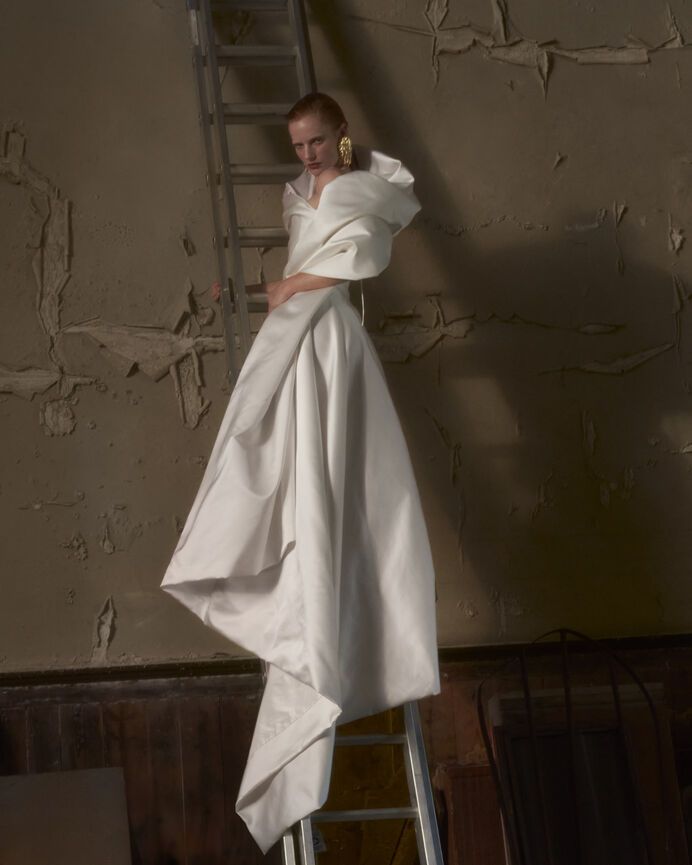Decoding the Term "SO" – What Does It Really Mean?
- Author: Natali Grace Levine
- Reading time: 4 min 27 sec
- Publication date: 11/08/2024
- Updated: 08/15/2025
In our digital age, where short forms and abbreviations are almost a language of their own, one term pops up everywhere: "SO." You’ve likely seen it in texts, social media posts, or online articles. But what exactly does "SO" mean? If you're curious, you’re not alone. Let's unpack this popular term, explore its origins, and find out why it’s become such a mainstay in modern vocabulary.

What Does "SO" Mean? A Modern Take on an Age-Old Concept
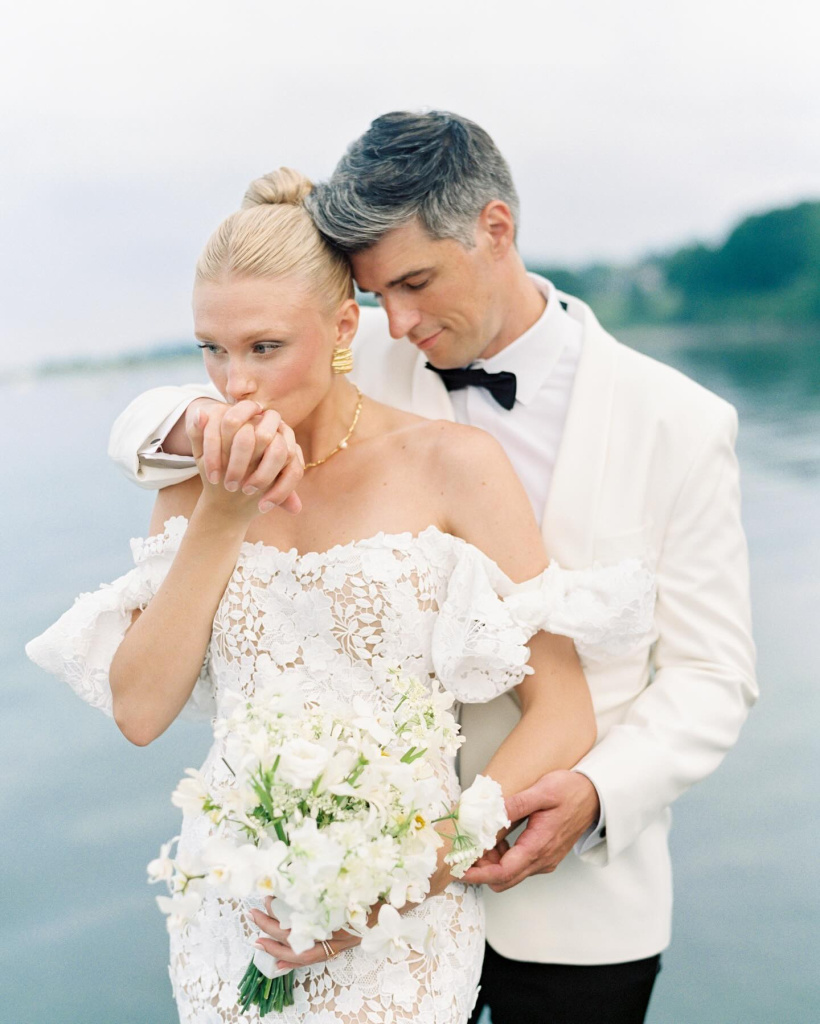

"SO" stands for "Significant Other," a phrase that is inclusive, gender-neutral, and wonderfully versatile. It allows people to describe their partner without diving into labels that might feel restrictive or outdated. Unlike terms like "boyfriend," "girlfriend," or even "spouse," "SO" works across a wide range of relationship types, making it equally suitable for newly dating couples, longtime partners, and even married individuals.
The simplicity of "SO" has made it especially popular in casual communication. Used in text messages, social media posts, and online profiles, "SO" offers a way to hint at a special connection without needing to specify relationship details. The neutrality of "SO" is particularly relevant for people who prefer a flexible term that respects privacy and inclusivity, aligning with a shift in how relationships are viewed and discussed.
But "SO" isn’t just for simplicity’s sake—it’s a term that reflects our evolving approach to relationships. In a time when many individuals don’t necessarily fit into traditional categories, "SO" provides an adaptable, universal alternative. Whether you’re referring to a partner you've been dating for months or a spouse of several years, "SO" has become a convenient shorthand that respects diverse relationship statuses while bringing a modern, thoughtful twist to the language of love.
The Origin of "Significant Other"
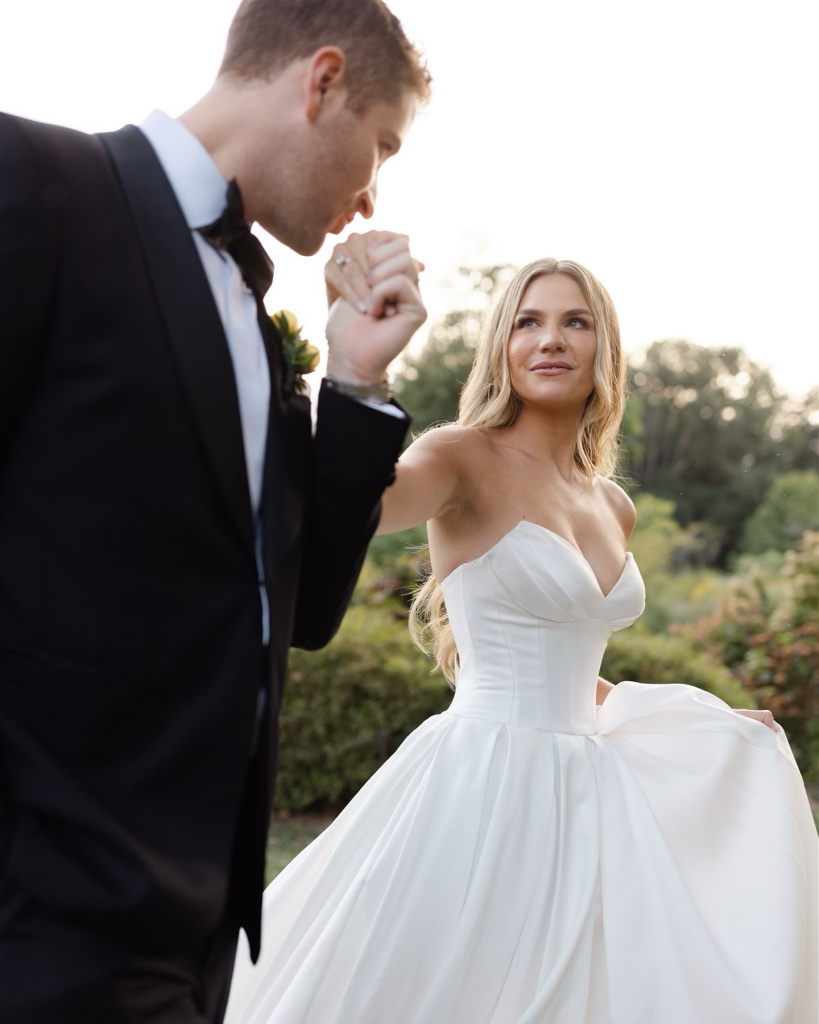
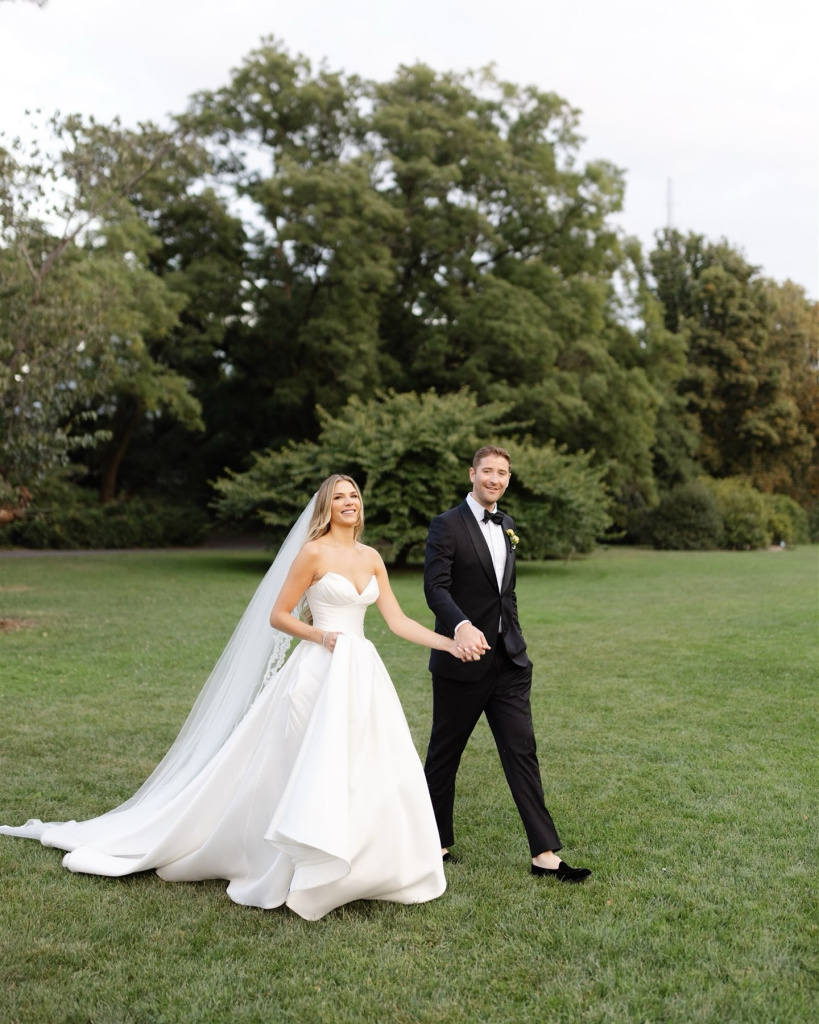
"SO" wasn’t born in the age of texts and emojis. In fact, the phrase "significant other" dates back to the mid-20th century. It was first popularized by American psychologist Harry Stack Sullivan in the 1950s. Sullivan used the term "significant other" in clinical psychology to describe people who had a crucial influence on an individual's personal development, whether that person was a family member, a close friend, or a romantic partner.
But it wasn’t until the 1970s that the term began appearing more widely in public. The cultural shifts of that era—a greater openness to non-traditional relationships and a push toward gender equality—played a significant role in this shift. People wanted terms that felt inclusive and suited the era’s evolving relationship dynamics.
Fun Fact: Did you know that, in some psychological circles, "significant other" could refer to anyone who has a major influence on your life, not just a romantic partner? In that sense, it could even apply to close friends, mentors, or family members.
How "SO" Has Become a Cultural Staple: The Rise of a Modern Relationship Term
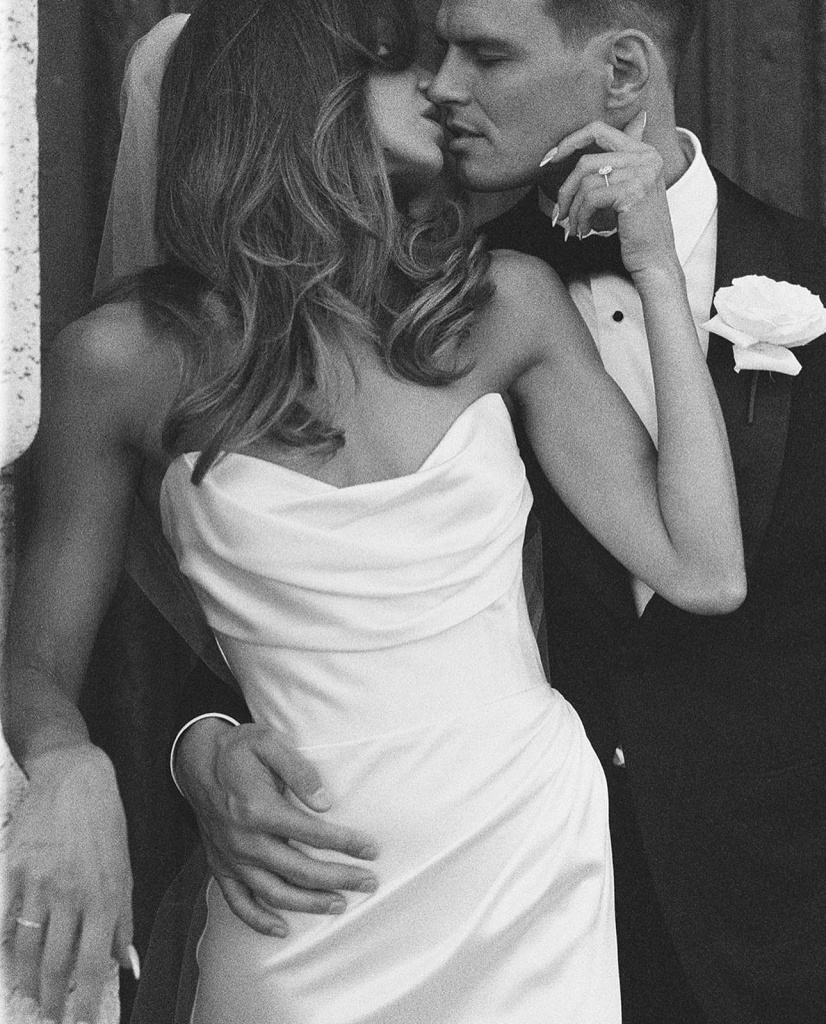
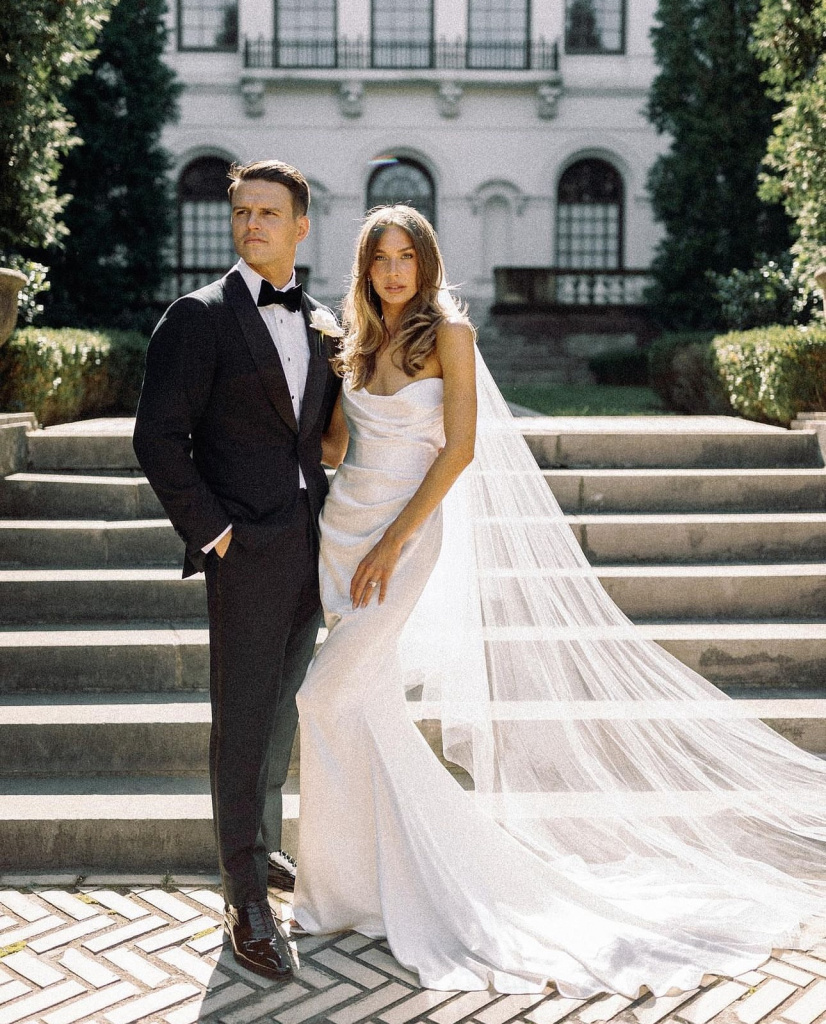
The term "SO" has evolved from a simple abbreviation into a widely recognized part of everyday conversation, social media, and even pop culture. Its broad appeal lies in its ability to connect with the modern mindset—embracing diversity in relationships, offering a neutral tone, and fitting seamlessly into a variety of settings. Here’s how "SO" has woven itself into the fabric of our culture, reflecting and adapting to our shifting values.
"SO" in Social Media
Social media platforms have given "SO" a major boost, especially as people seek quick, easy ways to reference their partners online. Platforms like Instagram, Facebook, and Twitter are filled with captions like “Dinner with my SO” or “Weekend getaway with my SO.” It’s an effortless way to make a shout-out without giving away too much, fitting perfectly into a medium where brevity and privacy often go hand-in-hand.
Example Post:
"Feeling so lucky to spend the weekend hiking with my SO. #adventurepartner #mySO"
"SO" in Television and Movies
"SO" has also made its way into pop culture, where it’s used in TV shows and movies as a relatable term for a romantic partner. In series like Friends, The Office, and more recent hits like Ted Lasso, characters sometimes mention their "SO" in casual conversation, signaling the term’s relatability. When characters refer to their "SO," it adds a contemporary layer that feels in tune with today’s language and helps connect with audiences on a more personal level.
Example in Dialogue:
Character A: "Are you bringing your SO to the office party?"
Character B: "Yeah, they wouldn’t miss it for the world!"
"SO" in Workplaces and Professional Settings
Interestingly, "SO" has also become more common in professional settings, especially in workplace emails, meetings, and conferences where employees often mention their partners without specific labels. It provides a comfortable, respectful way to refer to personal life without breaching formality or making assumptions. For instance, it’s now common to hear phrases like, “I’ll be out next week with my SO,” during workplace conversations, which helps keep communication professional yet personal.
Example in an Email:
"I’ll be out of the office on Friday for a short trip with my SO but will be back on Monday."
"SO" in Relationship Blogs and Advice Columns
Relationship advice blogs and columns also frequently use "SO" as a way to refer to partners broadly and inclusively. Articles on various sites often use the term to discuss relationships in a gender-neutral, approachable way. It’s particularly useful for articles that aim to provide advice applicable to all readers, regardless of their relationship style or status, contributing to "SO" becoming the standard in relationship discourse.
Example in Advice:
"Looking for creative date ideas with your SO? Try these fun activities that will bring you closer together!"
"SO" and Its Ever-Growing Relevance
The term "SO" has achieved an enduring place in modern culture because it reflects today’s values around openness, diversity, and flexibility in relationships. As society continues to embrace inclusive language, it’s likely that "SO" will only grow more popular. The term is not only a nod to progressive communication but also an example of how language can evolve to meet the changing needs of our times.

The Future of "SO" – Will We See More Terms Like This?

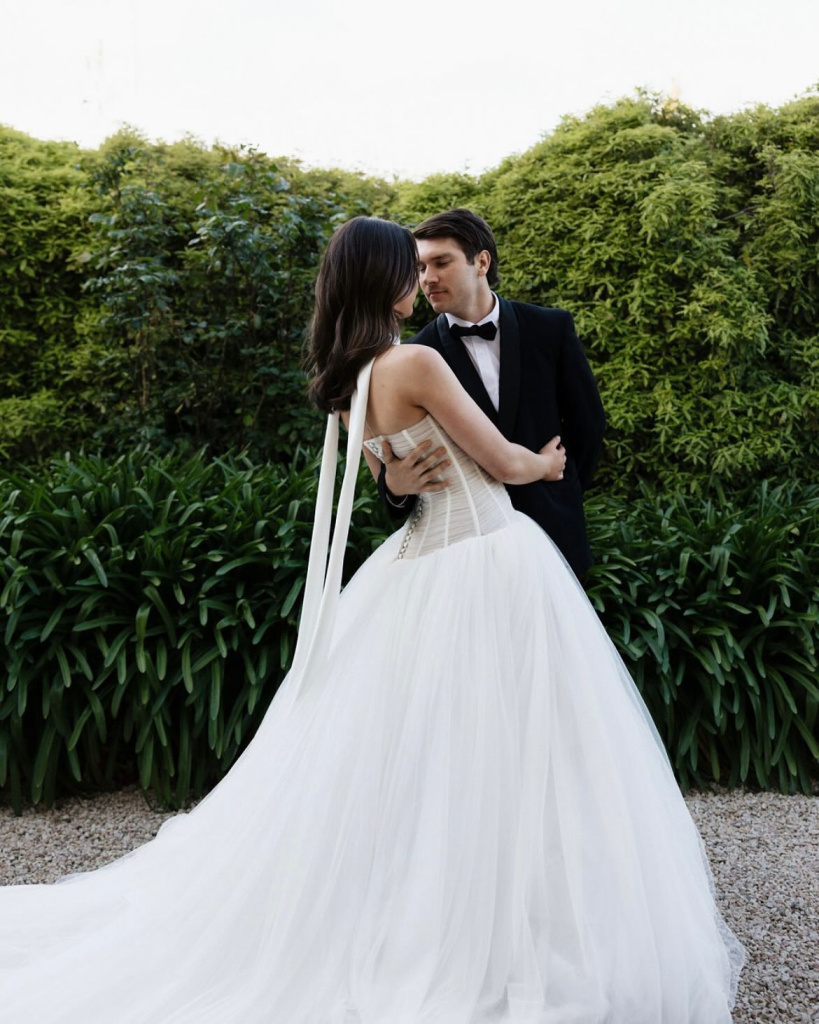
"SO" has joined a family of other short terms and acronyms that we use daily—like "BFF" (best friend forever), "LOL" (laugh out loud), and "TBH" (to be honest). As we continue to shift toward a more inclusive, gender-neutral vocabulary, it’s likely we’ll see more terms like "SO" becoming a part of our everyday language.
With each generation, the way we communicate changes, and "SO" is a perfect example of how language adapts to meet the needs of its users. Whether it’s for the sake of inclusivity or just a quick way to text, "SO" has become more than just an abbreviation; it’s a reflection of a modern understanding of relationships.










